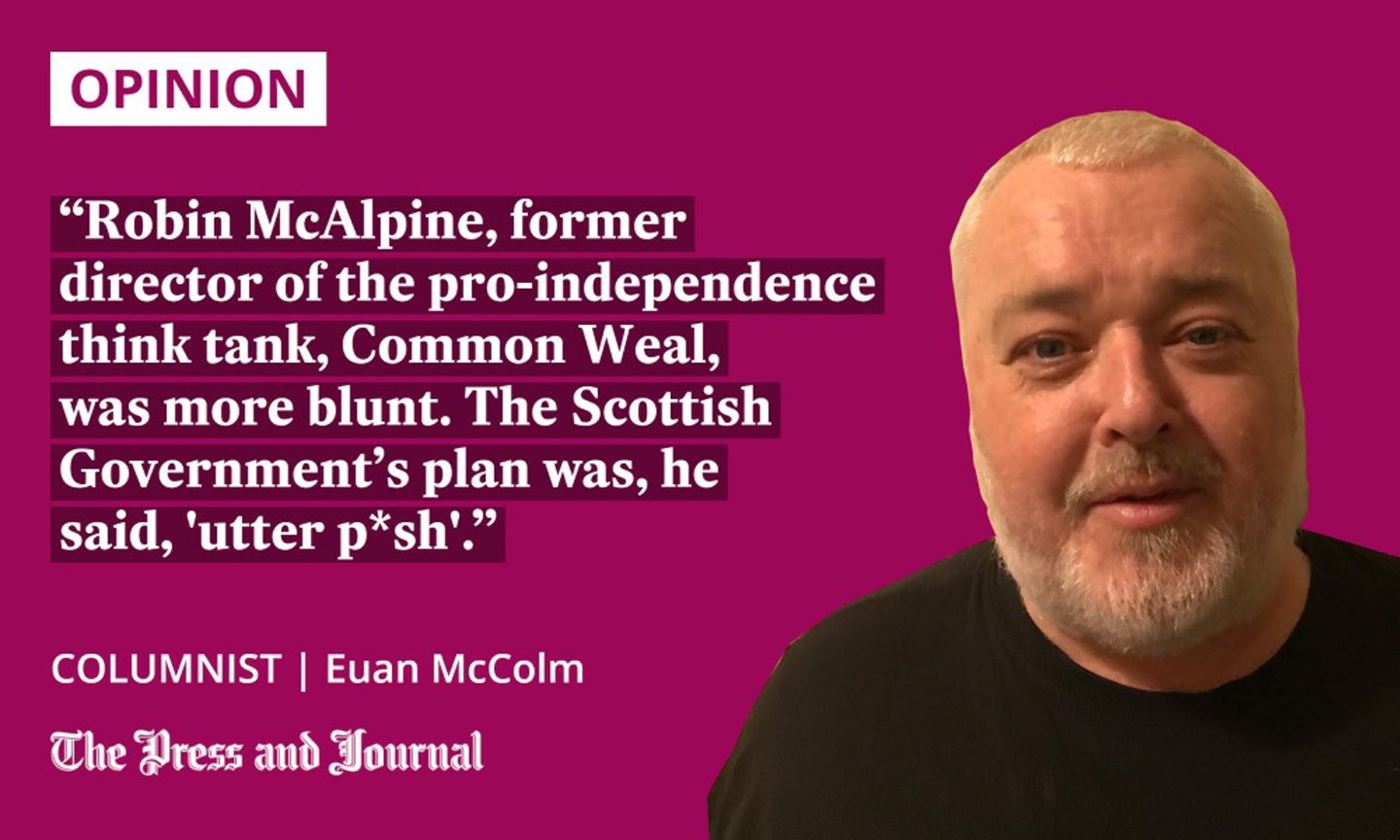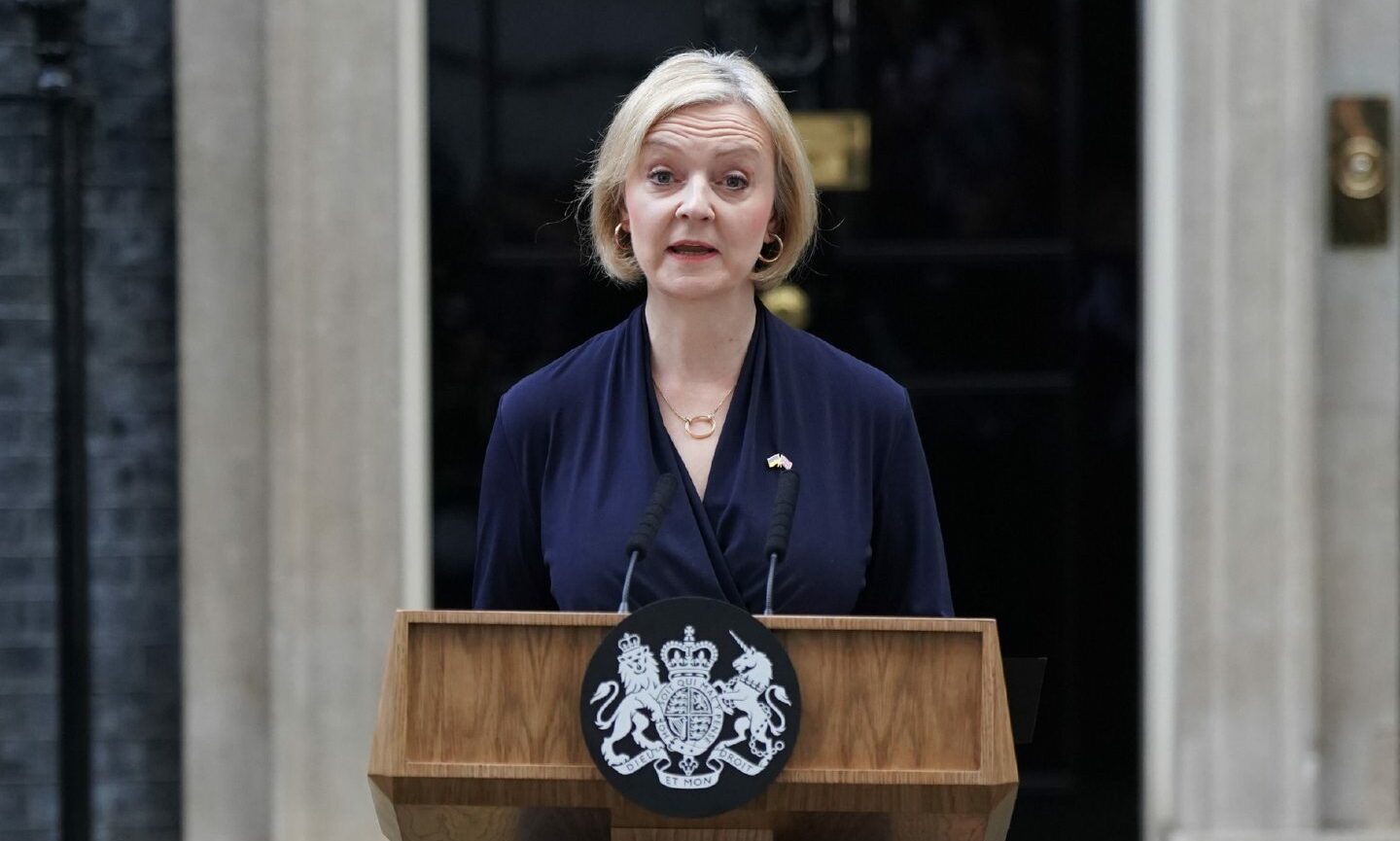The SNP’s economic blueprint for independence was supposed to answer the big questions which have swirled, unanswered, around Nicola Sturgeon since the Yes campaign lost 2014’s independence referendum.
It was to lay out plans on currency and on the border with England, and explain how public services would be funded after the break-up of the United Kingdom.
Given the complexities of these issues, it was hardly surprising that the document – unveiled by Sturgeon on Monday – was met with scepticism.

What was surprising, however, was that much of the criticism levelled against the first minister’s plan came from leading figures on the pro-independence side of the constitutional debate.
The SNP’s favourite economist, Professor Richard Murphy, said the nationalists’ currency plans were “so wrong”, he’d back No in a future referendum.
Former SNP health secretary Alex Neil said the currency issue had to be re-examined, adding that the new policy position – departing the currency union and, for an unspecified time, proceeding to use sterling without the support of a central bank until a new Scottish pound could be introduced – would not do the nationalist cause any favours.
I think this paper lays out a policy that would be disastrous for Scotland. It could even crush it. As a result, I doubt the conviction of those who wrote it about independence. Do they really want it, I wonder? It’s that bad.
— Richard Murphy (@RichardJMurphy) October 17, 2022
Ex-MP George Kerevan complained that the paper contained “nothing that really confronts the harsh realities that have appeared since 2018”, including soaring inflation and the global energy crisis.
Robin McAlpine, former director of the pro-independence think tank, Common Weal, was more blunt. The Scottish Government’s plan was, he said, “utter p*sh”.
Giving the impression of progress without answering questions
It is entirely helpful to Sturgeon that the UK Government is currently engulfed in chaos. The best line of defence she has against her own flawed plans is to attack the Tories. “We deserve better than that” is a pretty compelling argument right now.
Surely eight years was long enough for the first minister to come up with something better?
If Sturgeon were able to call a second referendum tomorrow, who would bet against her winning?
But the first minister doesn’t have the power to do that. The Supreme Court is currently considering the matter of whether the Scottish Government has authority in this area, and legal experts are highly sceptical that Sturgeon will get the answer she wants.
And, as the heat surrounding the crisis in the UK Government dissipates – and this will happen – the first minister will still face those same questions about the economics of independence.
Back in 2014, the Scottish Government made much of its 600-plus page white paper on independence. Here, said then FM Alex Salmond and his deputy, Nicola Sturgeon, was an exhaustive blueprint. But quantity is not the same as quality. That hefty document was full of waffle, supposition and inaccuracy.
Surely eight years was long enough for the first minister to come up with something better? As it is, the new economic plan looks more like something published to give the impression of progress rather than a serious attempt to answer legitimate questions.
Euan McColm is a regular columnist for various Scottish newspapers


Conversation